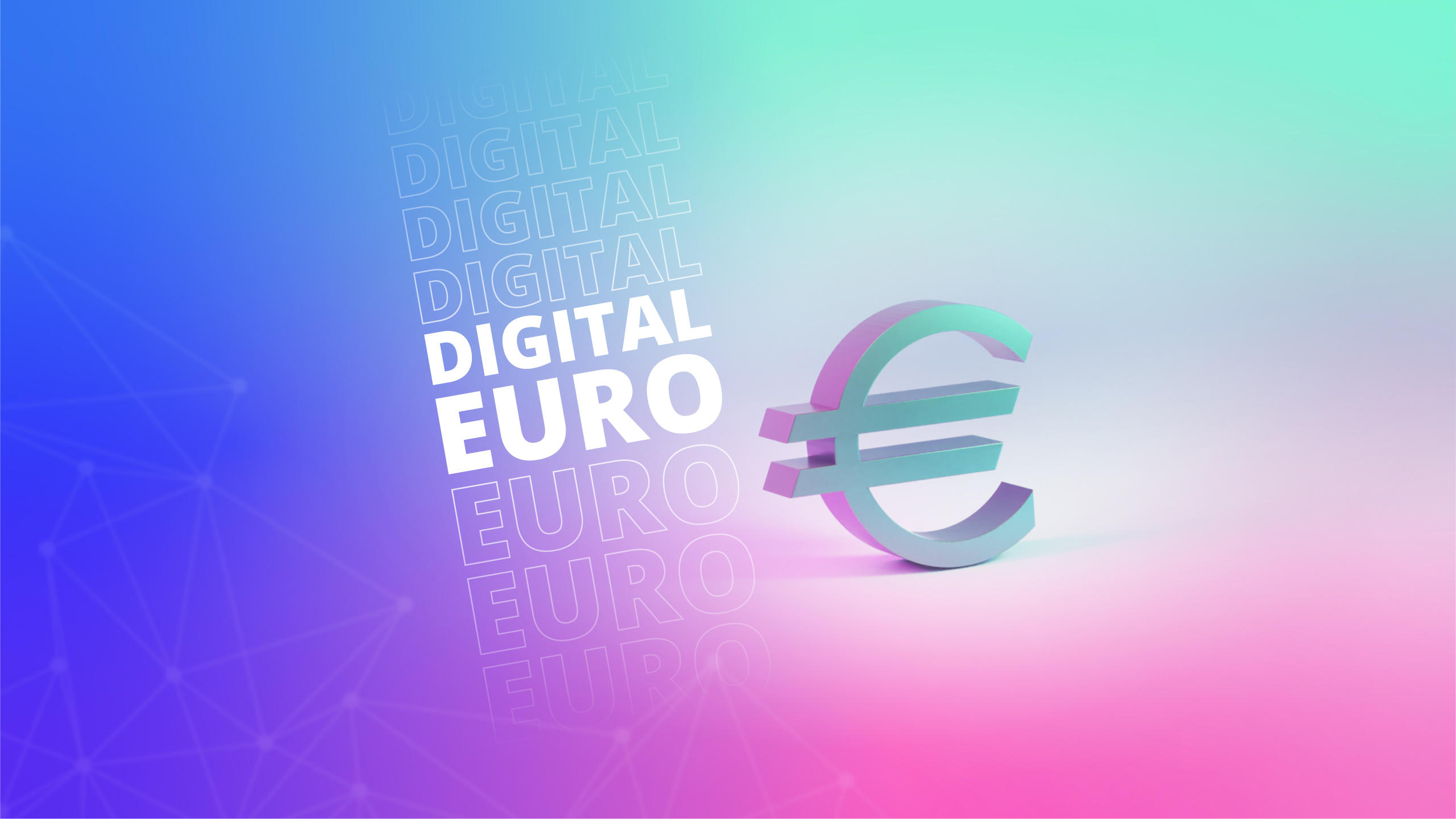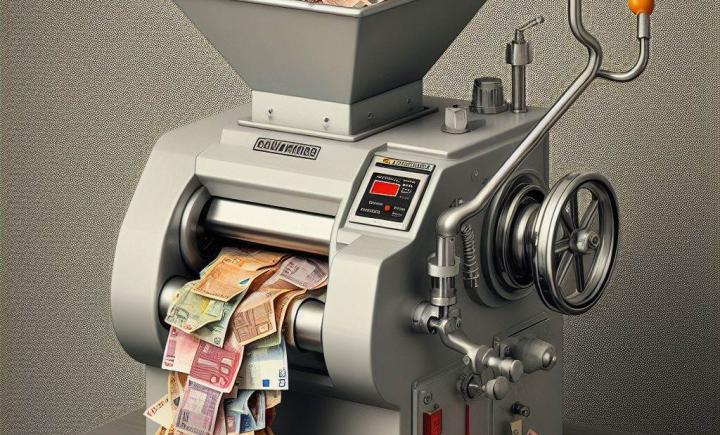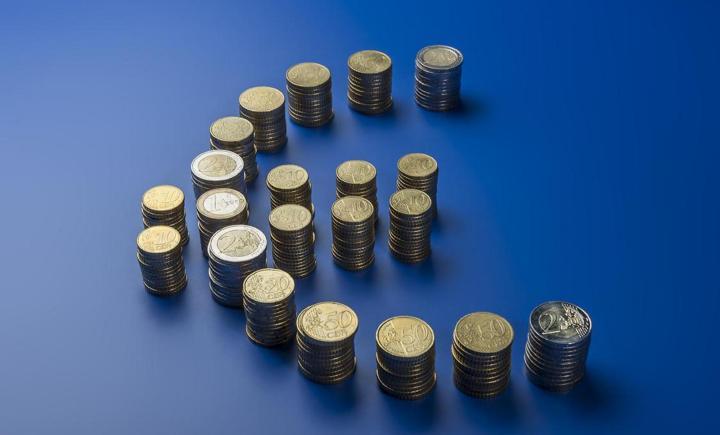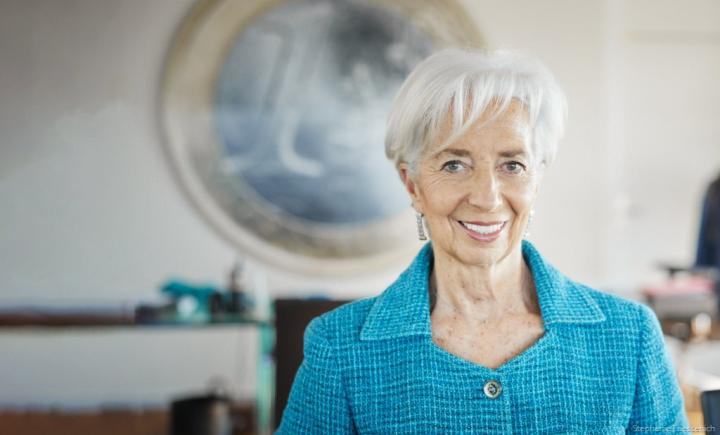Virtual cash in your pocket: soon a reality?

On 18 October 2023, the European Central Bank (ECB) announced the start of the preparatory phase for a digital euro. In practice, this doesn’t mean you’ll have the digital euro in your wallet tomorrow or that it will even see the light of day. What it does mean is that the ECB has kicked off the process to put in place the technical solutions and commercial agreements necessary to prepare for the possible issuance of a digital currency. The decision to issue a digital euro rests, like the decision to begin the preparatory phase, with the ECB’s Governing Council, once European lawmakers have worked out an appropriate legal framework.
A choice guided by the times
To fully understand the change a digital euro represents, we need to trace back the origins of money. From early exchanges of goods to coins minted from precious metals and modern banknotes, money has evolved towards more practical forms of payment to reflect the changing needs of our societies.
Developments such as crypto-assets, the metaverse and artificial intelligence are undoubtedly heralding a major shift towards the digital realm, and our currency must be ready to cope with this.
Today, the value of money depends on trust in the issuer, be it the state or a monetary authority such as a central bank. Over time, money has become a physical symbol of trust in the issuing authority, uncoupled from the physical value that once underpinned it. What would happen if we left behind the physical nature of money altogether? Developments such as crypto-assets, the metaverse and artificial intelligence are undoubtedly heralding a major shift towards the digital realm, and our currency must be ready to cope with this.
Continuity is the watchword
A digital euro would skillfully combine the fundamental features of euro cash, such as confidentiality, offline use[1], mandatory acceptance and European uniformity, with the amenities offered by new technologies. It could be used for all types of retail payments, including P2P transactions, in-store and online purchases, and even payments to public authorities. In short, it would be genuine virtual cash, which could be used for electronic payments in all circumstances - everywhere, for everything and with everyone - without ever having to wonder whether businesses accept it.
Digital AND confidential
The mere mention of digital technology obviously raises the thorny issue of balancing transaction security and the confidentiality of personal data, as privacy protection is a precondition for the adoption of a digital currency by the general public.
Confidentiality is at the core of the design of the digital euro. It will allow small payments to be made offline, thereby protecting your privacy in the same way as the anonymity offered by cash. Technically, your bank (or other payment service provider) would have no way of knowing to whom you have made a transfer, or the amount involved, when you are in offline mode. The only information at its disposal would be the amount available in your virtual wallet when you go offline and the amount when you return online. Everything that happens in between would be strictly confidential.
Confidentiality is at the core of the design of the digital euro. It will allow small payments to be made offline, thereby protecting your privacy in the same way as the anonymity offered by cash.
At the same time, transactions carried out online would benefit from the same level of confidentiality as regular electronic payments. Checks to identify potential criminal use of the digital euro would be carried out by your payment service provider, in the same way as is currently done for electronic payments. In the online mode, it would also be possible to carry out transactions that go beyond the maximum amount of digital euro a person can hold (a limit of €3,000 is currently being considered). In this situation, the shortfall or excess would be automatically debited from or credited to your (regular) bank account.
A farewell to notes and coins?
Does the potential arrival of the digital euro signal an end to cash? Not at all! At the National Bank of Belgium, we are convinced that cash will continue to be important, as demonstrated by our investment in a new cash centre in Zellik, on the outskirts of Brussels.
Furthermore, cash remains a central part of the economy, with European legislation currently being drafted to strengthen its status. This legal protection aims to harmonise the acceptance and use of cash across the euro area. The potential transition to a digital euro should be viewed as a harmonious changeover, during which the two forms of currency will coexist, with cash dispensers serving as a bridge between them, so as to offer maximum flexibility.
Will the digital euro ever become a reality? As stated at the outset, this project is still in its infancy so you’ll need to be patient to find out. In any case, whether you’re a technology enthusiast or simply curious about how the financial future is shaping up, the digital euro definitely deserves your attention: the history of money is riddled with challenges and opportunities, and it’s unlikely that this story will be any different!
[1] Conventional payment terminals require an internet connection.






